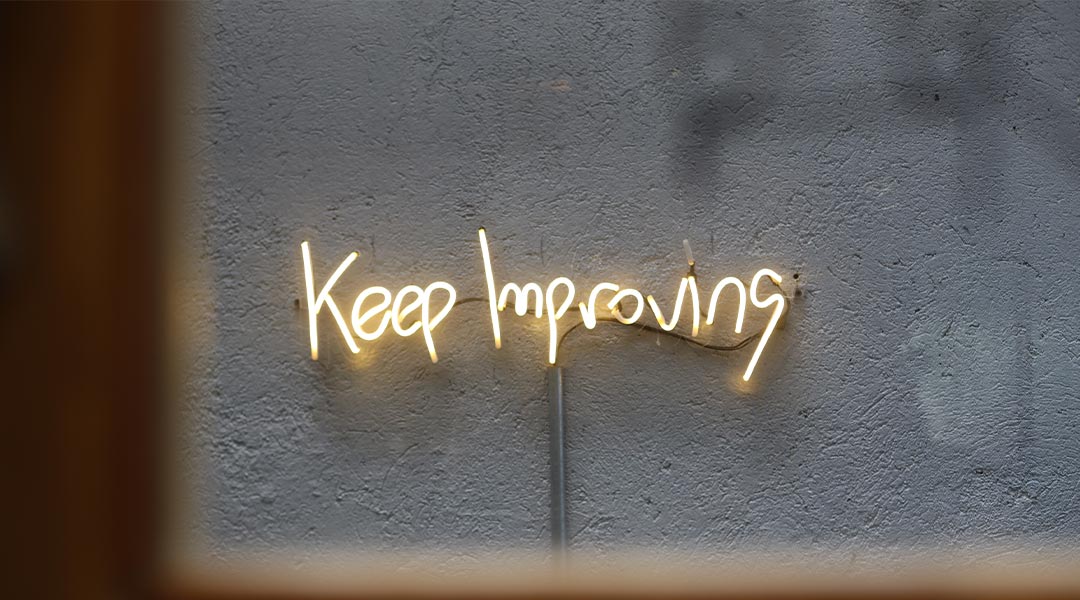
Meet the Young Architects behind Brioarc Design Studio Who are Challenging the next generation’s Status quo
The firm is one of the latest budding architecture studios around and their works are a testament to that. Cast on a neon-lit sign in their Kapitolyo office, their mantra, “keep improving”, reminds them to always value the things you are good at and develop your weak points and make them better. For Ar. Pierre and his twin brother, going to construction sites was a normal routine for them growing up. It became their playground. Their late dad used to run a construction firm and seeing his works inspired the brothers to take the same yet different path. While Pierre Nicole became an architect, his twin brother Pierre Anthony became a civil engineer running Briobuild Co, wherein they have partnered with several projects.
Before the establishment of BRIOARC Design Studio, Ar. Pierre and Ar. Dianne were both professionally trained at Casas+Architects, Inc., where they worked on large-scale residential, hospitality, and mixed-use projects. They also worked in Singapore and were immersed in the construction of mixed-use projects in the said country.


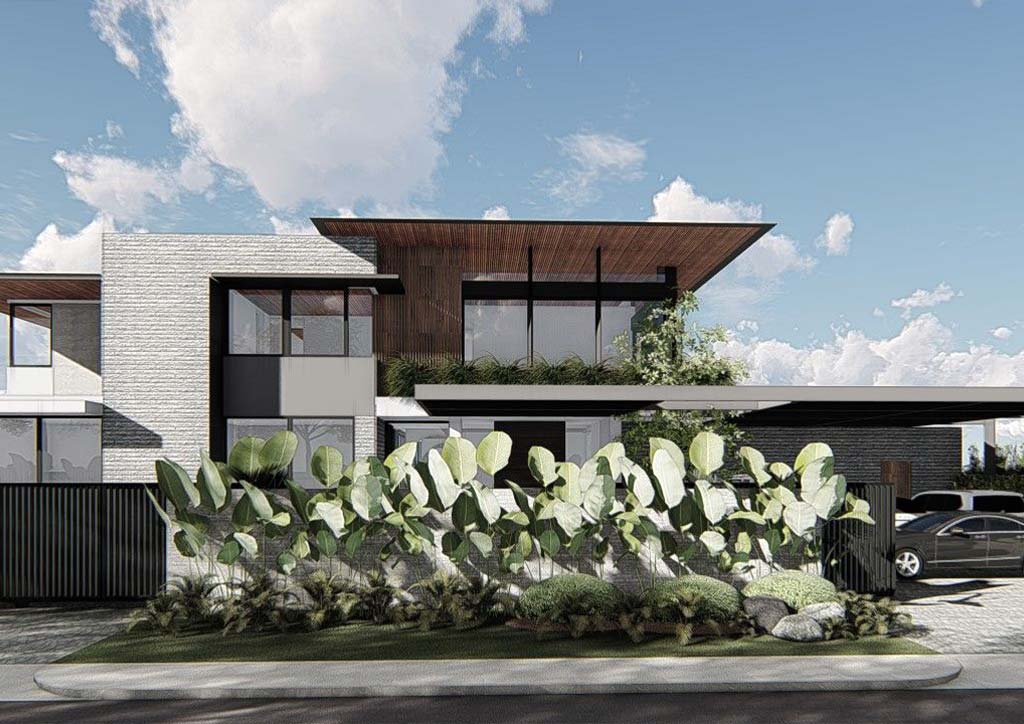
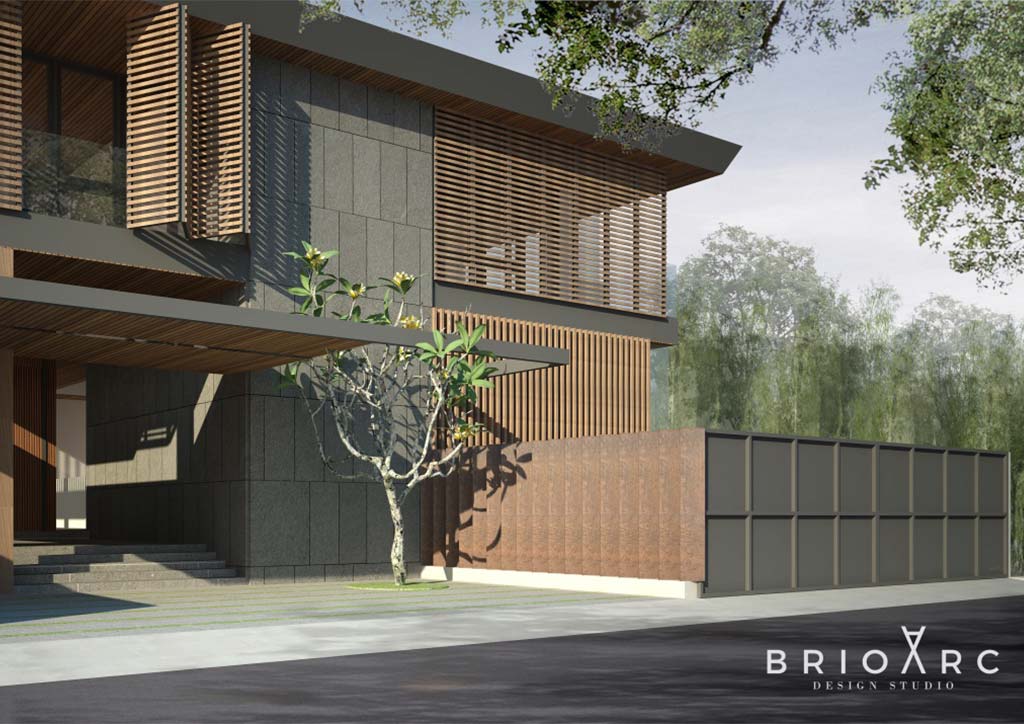
BP: Can you tell us more about BRIOARC Design Studio? What is the firm’s vision and what is special about the firm?
Ar. Pierre: BRIOARC is headed by me, Ar. Pierre Nicole Briones, together with my wife, Ar. Dianne Santiago Briones. We both have different roles, but we make sure that all decisions are laid on the table first. We always discuss planning ahead and setting our company goals. I am in charge of design management and client relations while she is in charge of the administrative side of the business.
Ar. Pierre: BRIOARC aims to be amongst the leading and respected architecture firms in the Philippine industry providing a wide spectrum of innovative, practical, and efficient projects. Our firm takes pride in crafting architecture that is present, fits into its local context, and lasts throughout generations. Mostly, we focus on residential design. In every house we design, we make sure that we have synergy with our clients from the onset and have a good personal connection with them resulting in great projects. We value every project regardless of its scale. It always excites us to get to know our clients on a more personal level and eventually become friends with them.
BP: Can you name your favorite project/s from your portfolio?
Ar. Pierre: The residential project in Tuguegarao City, Cagayan is what we consider our breakthrough project and it’s the one closest to our hearts. It is by far our biggest and the amount of detailing and coordination required pushed us to improve further. The house is on a lot with an area of 2,400 sqm and the client gave us their full trust, allowing us to express our ideas freely. From a single lot, we divided the house into 3 blocks wrapping it into a central courtyard creating a communal space. The first block is the private block where all the bedrooms are located. The second block is for the common areas and the third block is for the house staff.
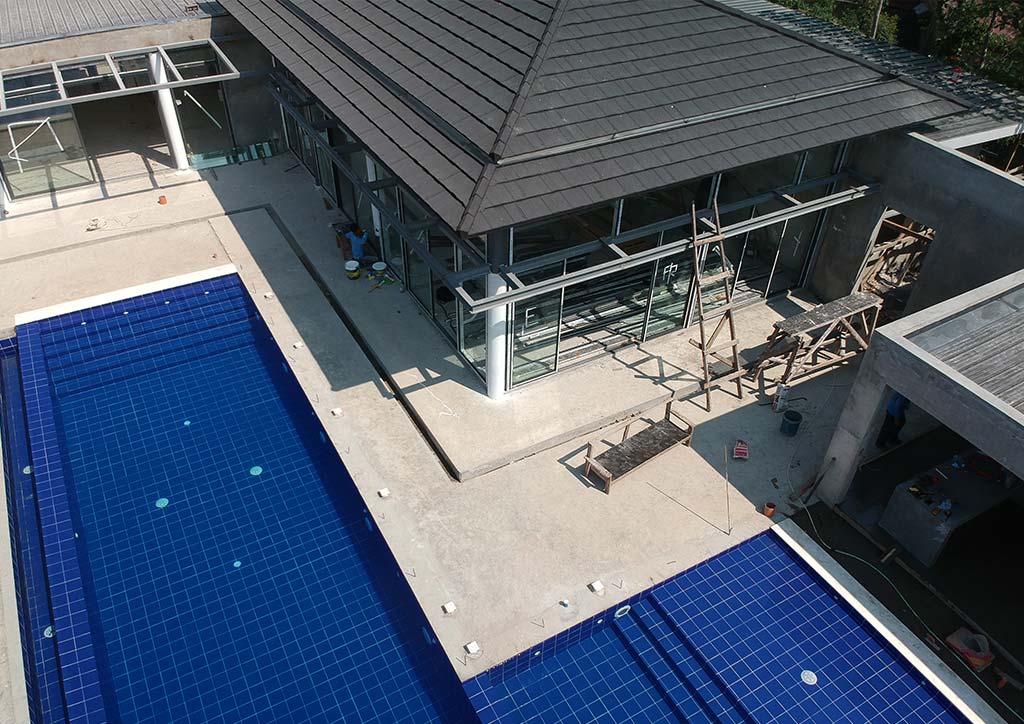

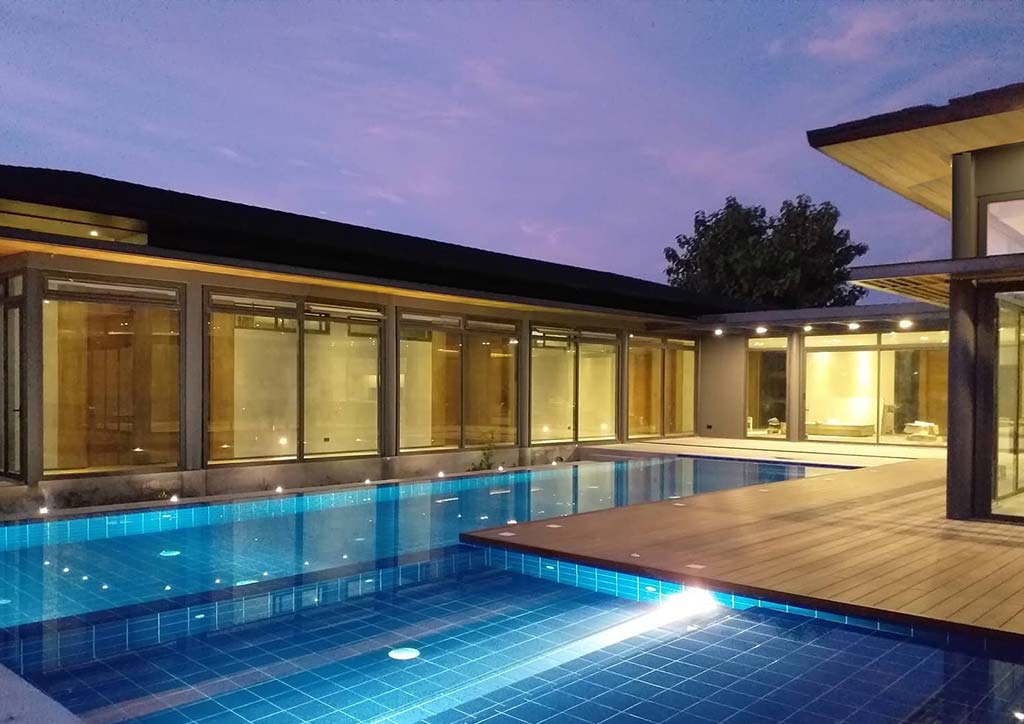
BP: How about your current projects? Were you able to conceptualize them amidst the pandemic?
Ar. Pierre: Over the last year, we are seeing an uptick in demand for residential projects outside Metro Manila. Most new clients would require a home office and spaces for home school. Even a mudroom, like the Japanese genkan, is becoming a common need. We have been busy lately with several projects within and outside the city. The current residential projects that we have mostly dwell on the idea of making it pandemic proof because it demonstrated the ability to quickly adapt to certain lifestyle changes and disruptions.
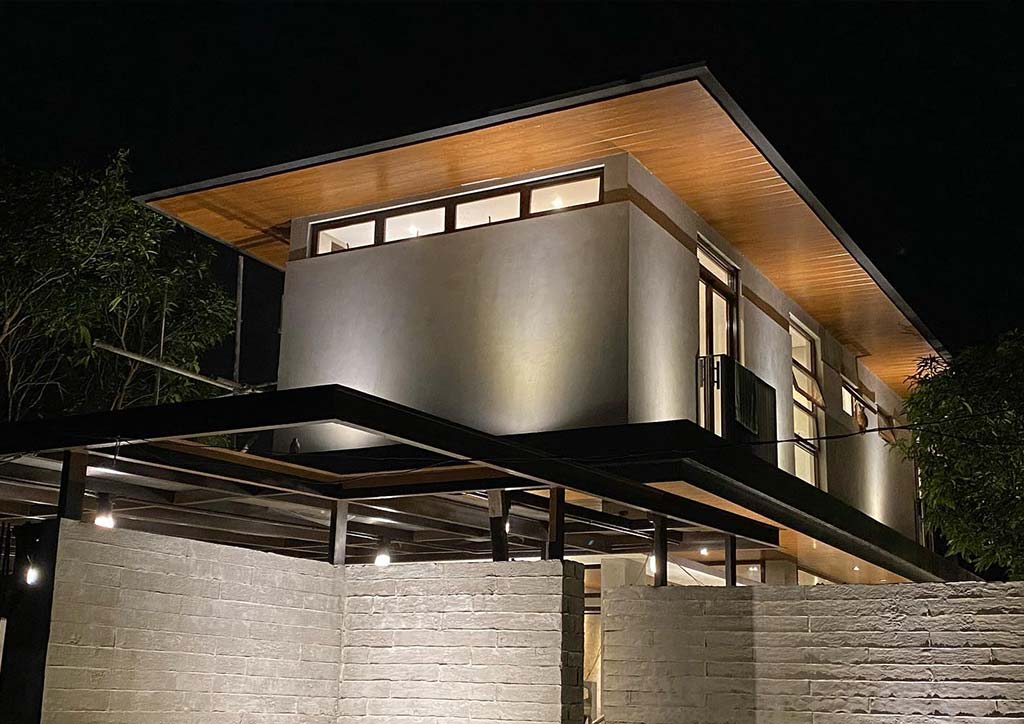
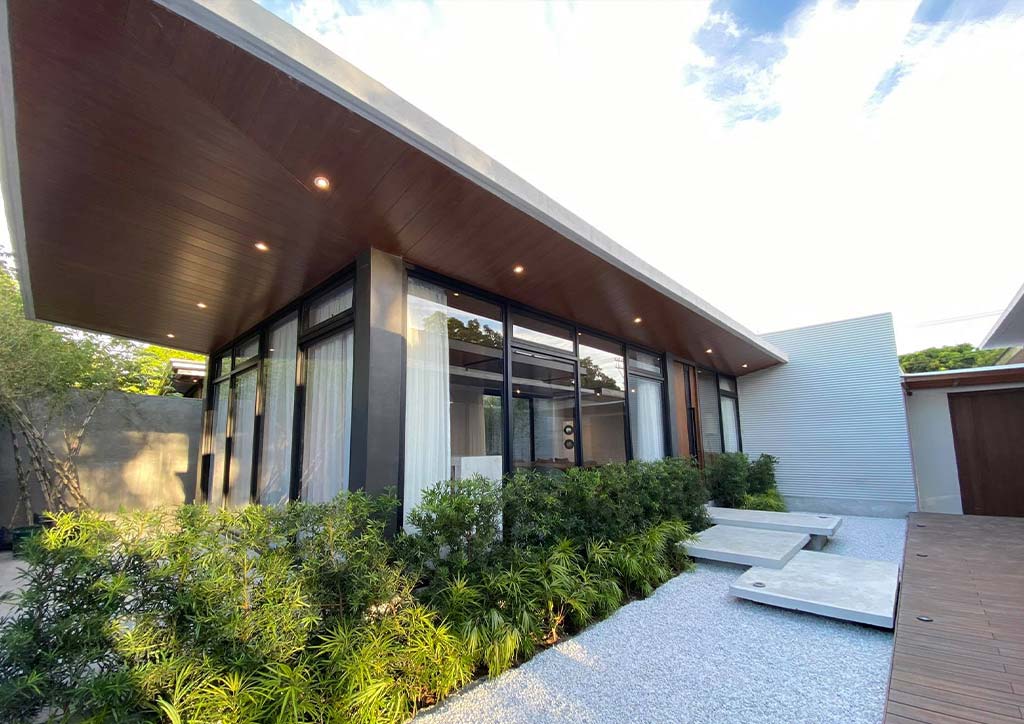
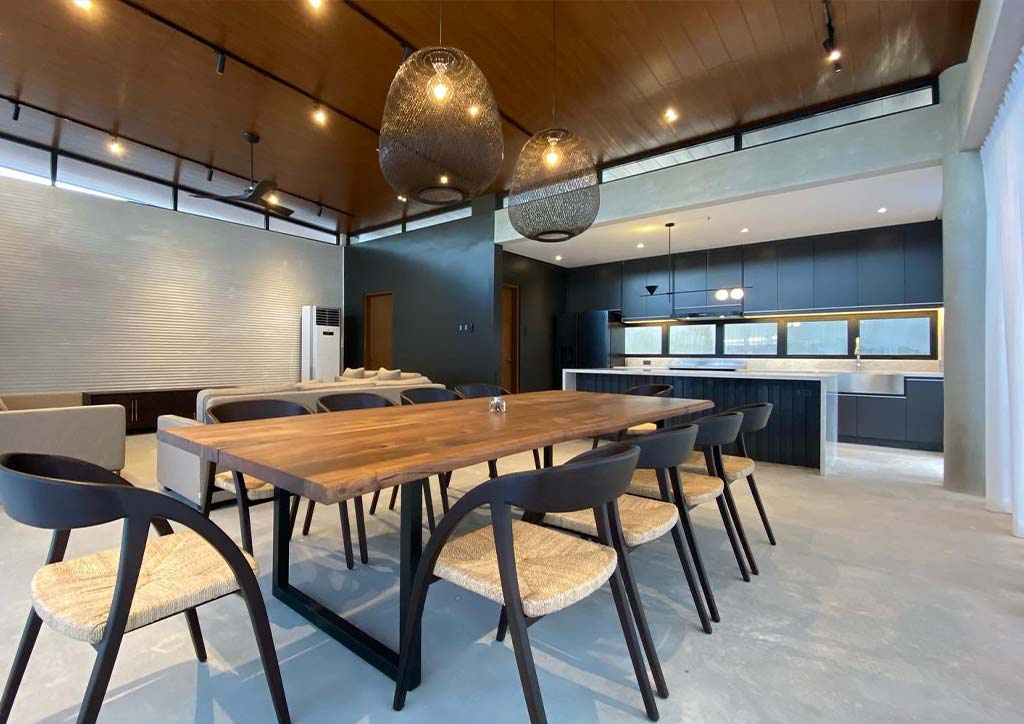

BP: Now, let’s talk about your office studio in Kapitolyo, Pasig. Kindly give us a background on your design inspiration for the office and how did it materialize?
Ar. Pierre: The office is shared by BRIOARC, Briobuild, and our cousin. It’s like our playground where we all share our business ideas and plans for the future. We find the Japanese concept of Wabi Sabi, where beauty is found and appreciated in imperfections, the very practical approach to design. The overall vibe in the office is very chill and casual. We just wanted our workplace to be as lively and colorful as possible veering away from the traditional office setting to further stimulate and keep the creative juices flowing. The meeting room at the rear part was even accented with a mural called “Distort Monsters”.
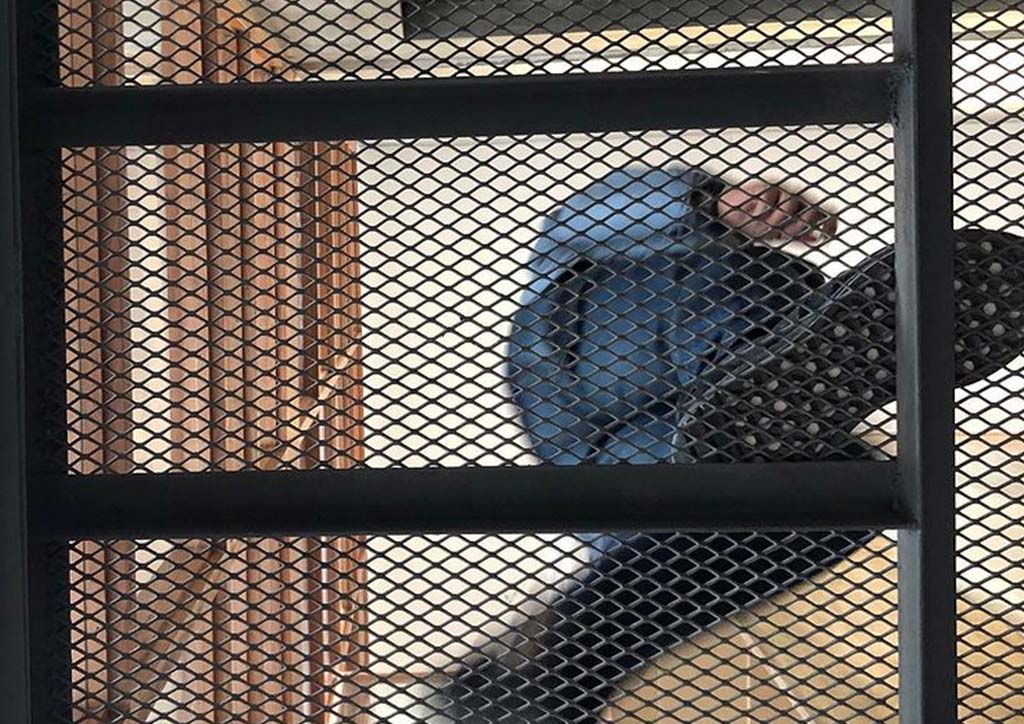
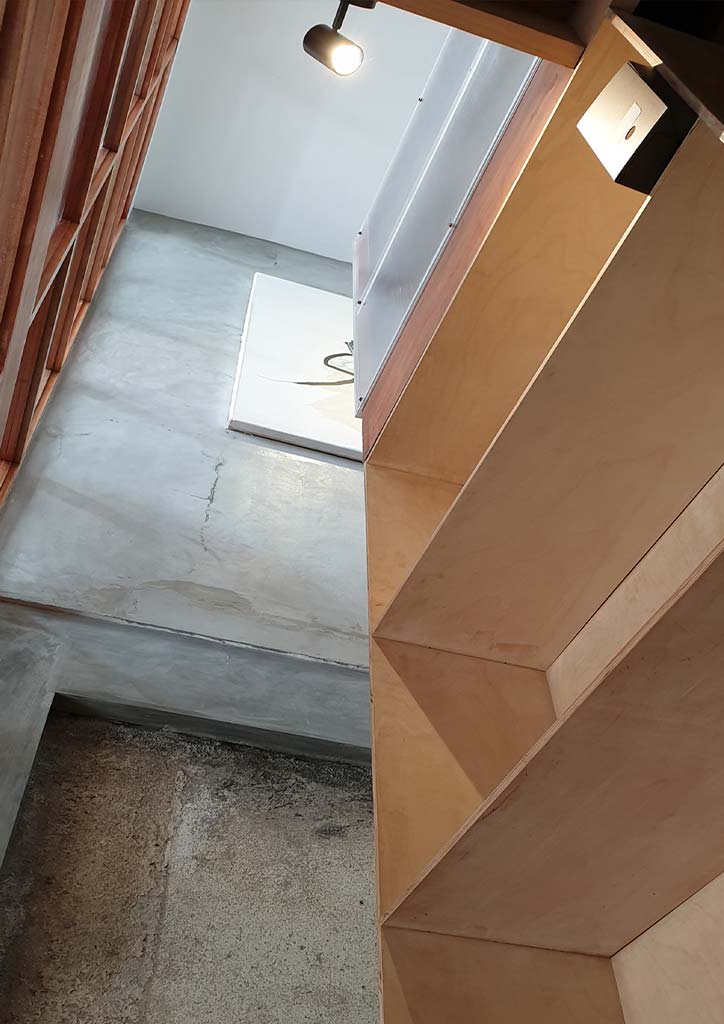

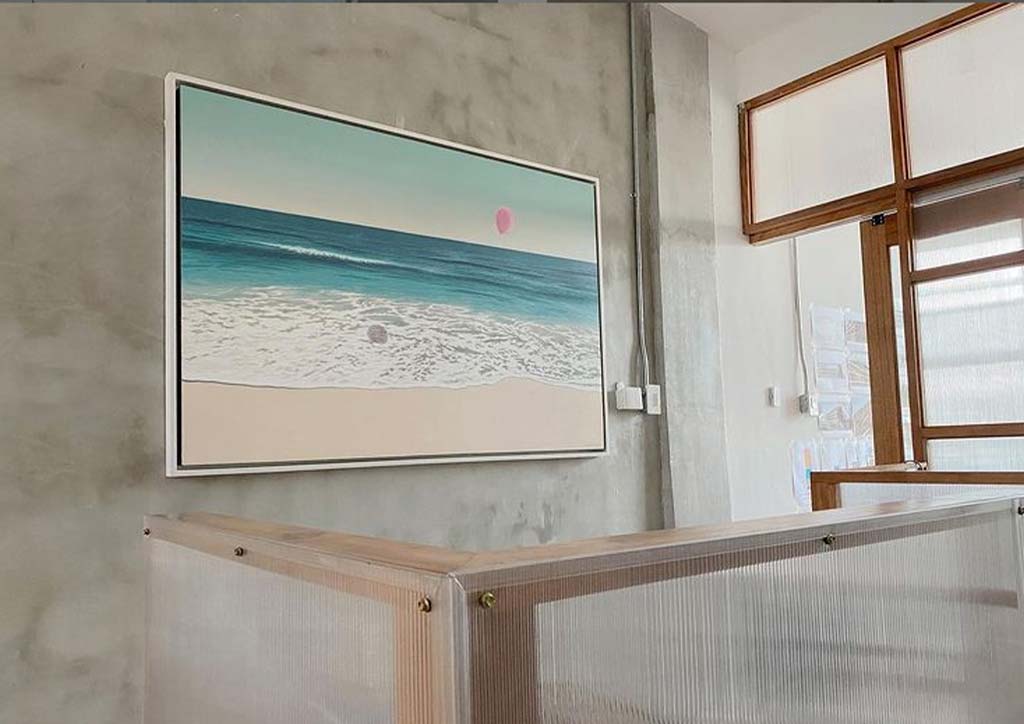
Ar. Pierre: The renovated structure is 3 meters wide by 15 meters long spanning 3 floors. The façade evokes a sense of calmness with its subdued textures. The old staircase had been torn down creating a new one made of steel mesh allowing visual connection on each room across the 3 floors. The staircase with a powder room in the middle acts as the central core to stabilize the structure. Windows are placed strategically allowing natural to penetrate the central core since the two sides are both firewalls. The core itself features 3-storey shelving made of plywood for that added storage space. Working on a tight budget, we opted to use materials that are economical and accessible from any local hardware store.
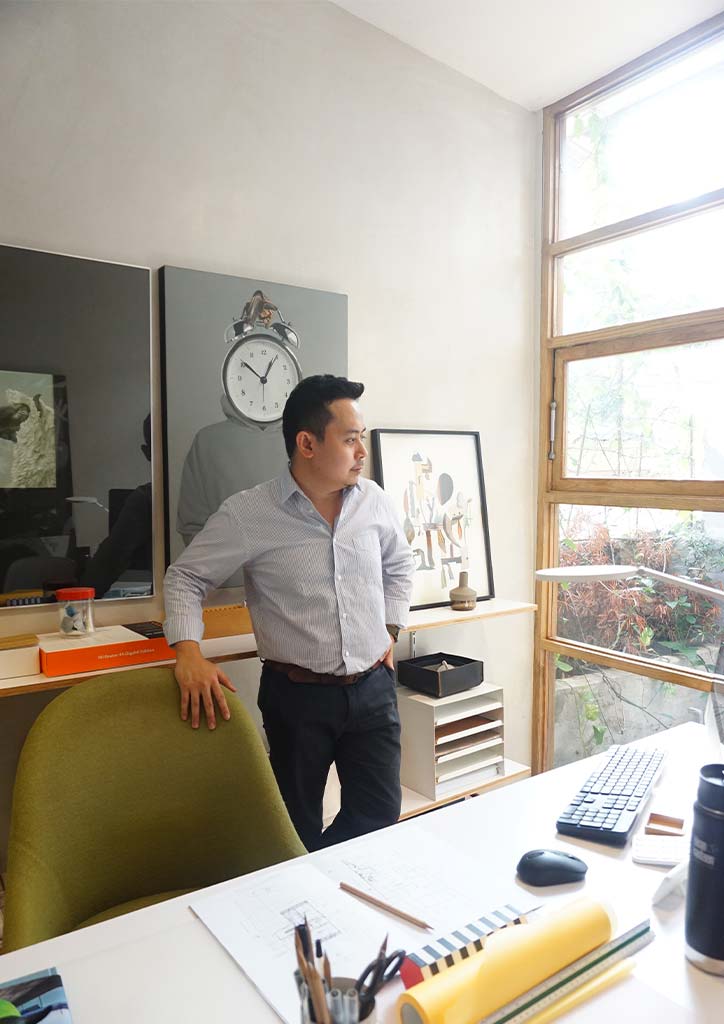

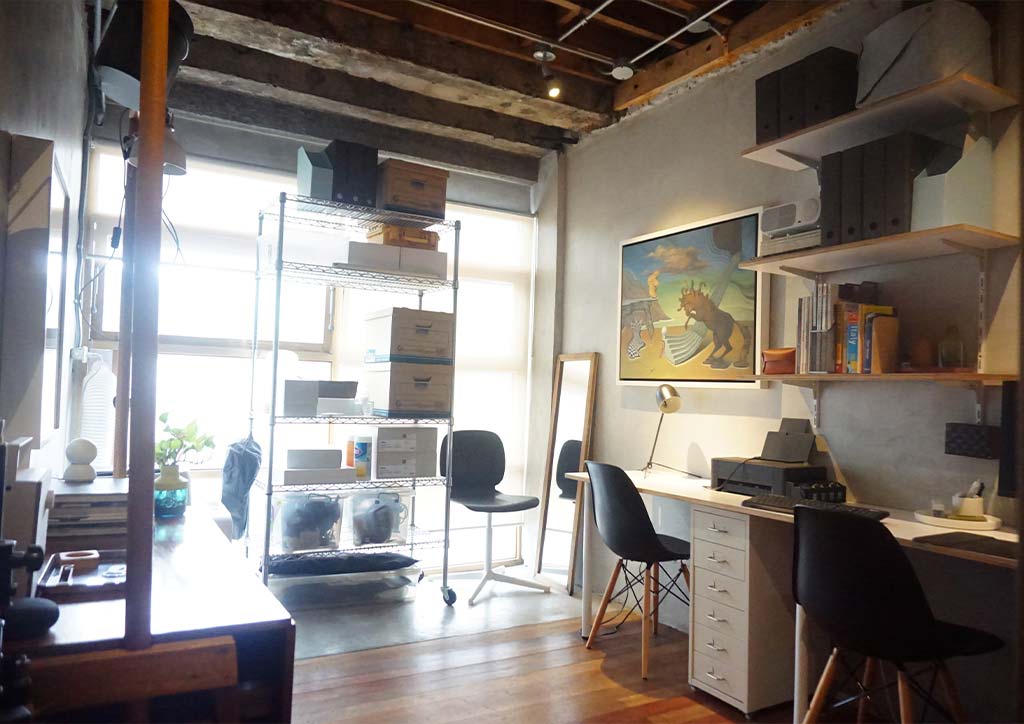

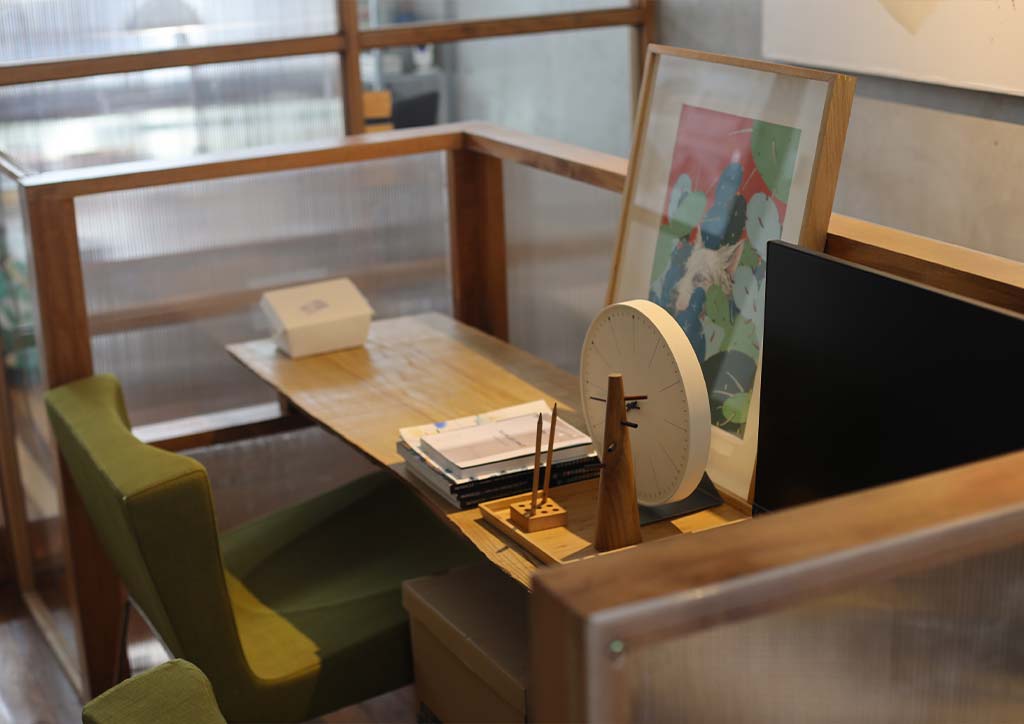
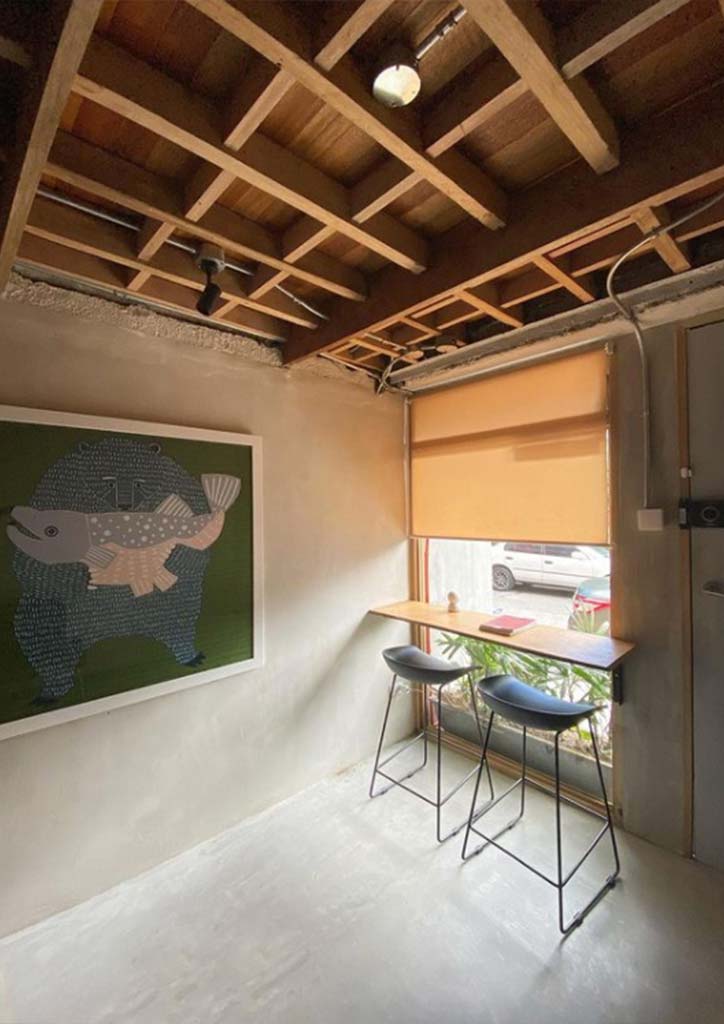
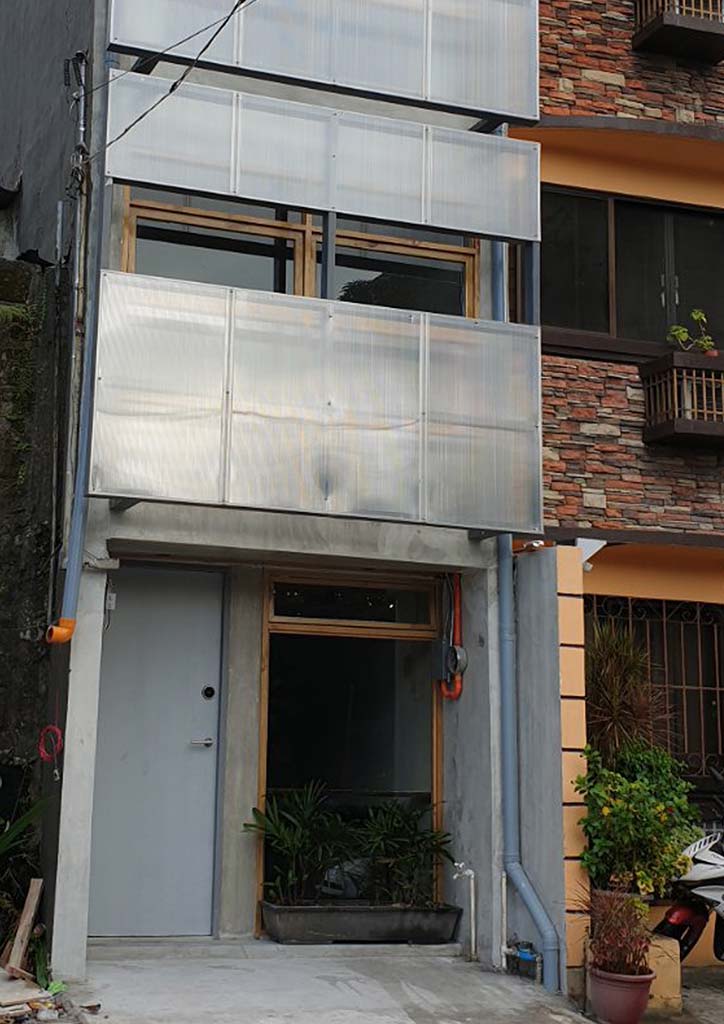

BP: As an architect, what is FILIPINISM in architecture and design? Is the term acceptable to be associated with local artistry, craftsmanship, and culture? How do you promote it?
Ar. Pierre: It is about taking cues from what is all around us, our culture, our values, and traditions and really making a conscious effort to take pride in it by honoring and showcasing it in our projects and by educating our clients about its importance as a way to create more demands. A lot of designers have already paved the way in promoting Filipino branding identity and we should all take part in allowing it to continuously evolve as our nation continues to grow and become more globally present.
BP: Who do you take inspiration from? Any specific architect whose work you love internationally and locally?
Ar. Pierre: We’ve always looked up to several architects Kengo Kuma, Lyndon Neri, Leandro Locsin, and some Avant-Garde architects like Jean Nouvel, Rem Koolhas, Bjarke Inglesm Steven Holl, and even the new wave of architects in Southeast Asia and Latin America.
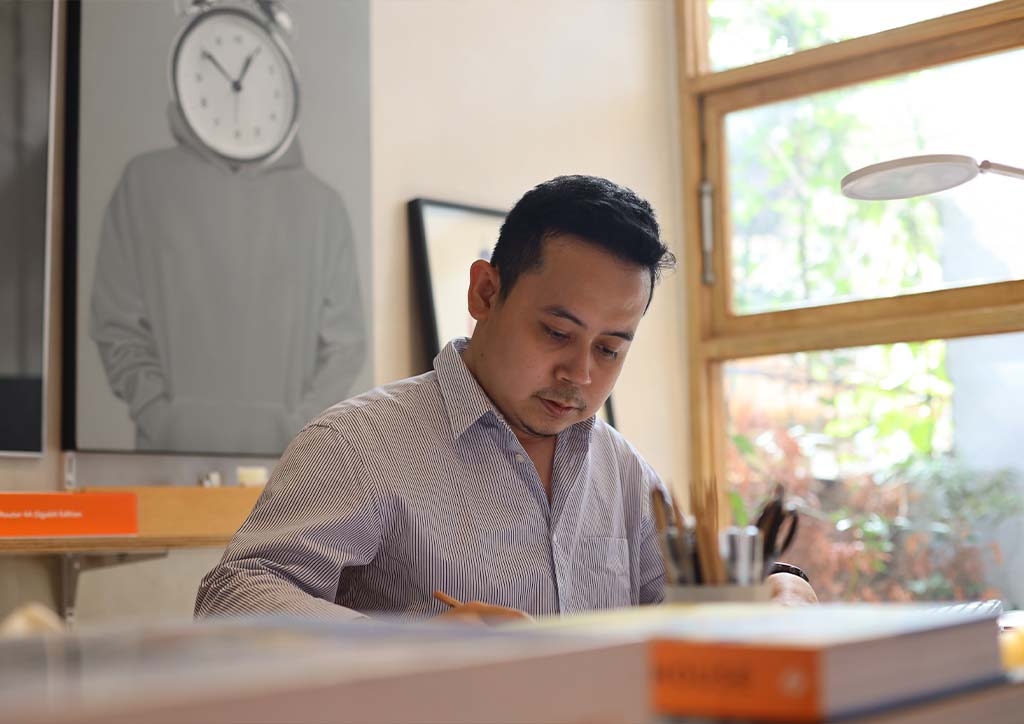
BP: Lastly, what is the legacy you want to contribute to our country?
Ar. Pierre: As with most designers in the Philippines, we are always faced with the challenge of connecting the clients’ wants and needs with their budget constraints. By trying to achieve at least a certain level of authenticity in our design despite the obvious limitations, we should be able to contribute to enhancing the urban fabric of our cities and achieve a better identity for Philippine architecture.


